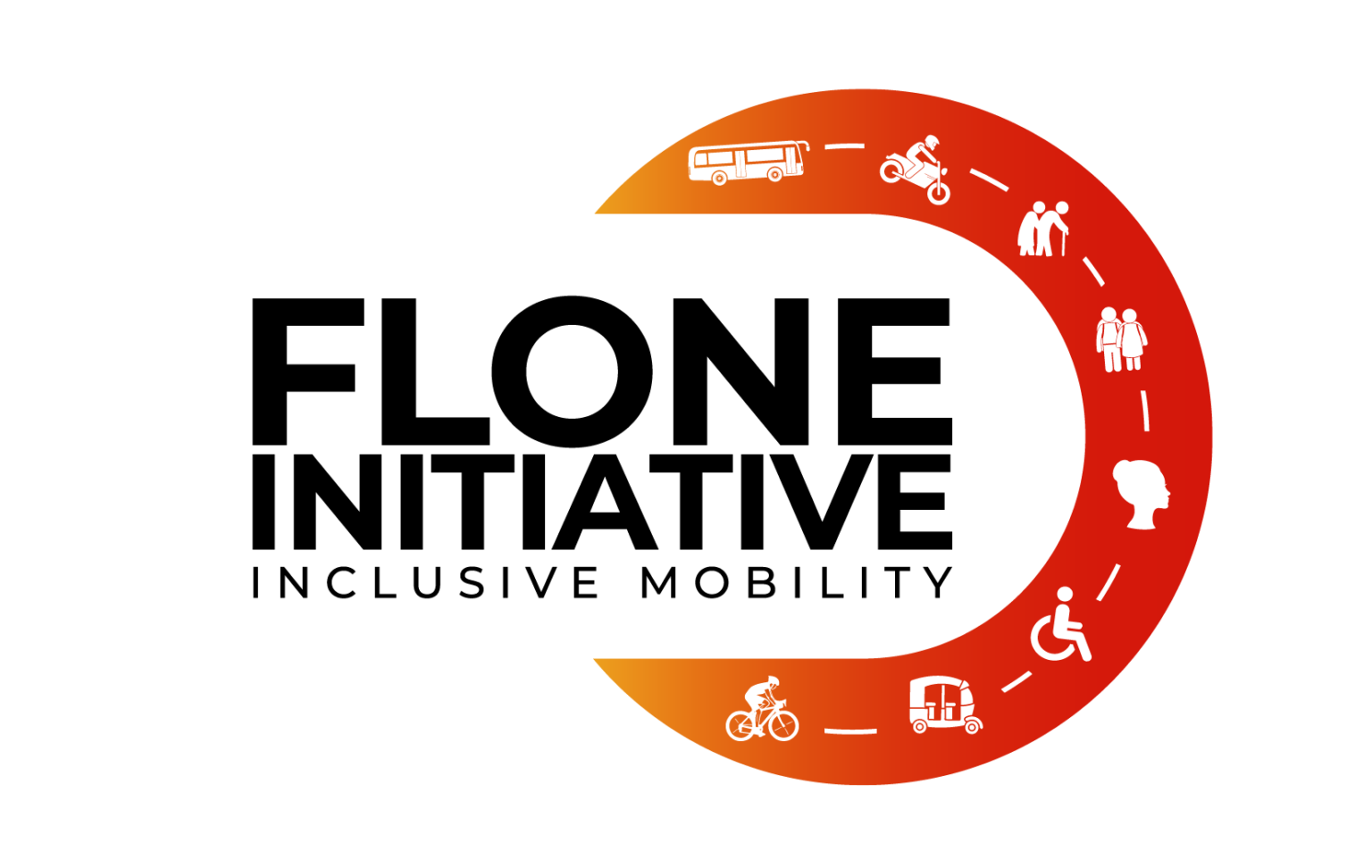Empowering Women on the Road: A Recap of Our Safe Helmet Wear Training
The World Health Organization reports that helmets can reduce the risk of fatal injuries by 37% for motorcyclists and 85% for cyclists. This past Friday, we had the privilege of hosting a training session on helmet safety for women in transport sponsored by the Open Society Foundations. We covered a wide range of topics, from the role helmets play in road safety to understanding the various types of helmets available and how to make an informed purchase.According to the National Transport and Safety Authority (NTSA), over 1,000 motorcycle-related deaths are reported annually, with a significant portion of these fatalities involving head injuries that could have been prevented by wearing helmets.(FIA Foundation,2024)
The Importance of Helmet Wear
Transport, particularly in developing countries, often sees a higher rate of injury due to inadequate safety practices. Helmets are an important piece of protective gear that can prevent life-threatening injuries, yet many still choose not to wear them.
Our training aimed to break down these barriers by providing the knowledge necessary to wear helmets on every journey.We began by explaining the various parts of a helmet, emphasizing how each component works together to offer optimal protection.
Debunking Myths and Misconceptions
A part of the session was dedicated to debunking the common myths and misconceptions surrounding helmet use. Many women have been led to believe that helmets are uncomfortable and and bulky. Others may feel that they don’t need a helmet for short trips or on low-speed roads. We tackled these myths head-on, using real-world data and expert testimonies to explain the scientific basis behind helmet design and function.
One key point we emphasized was that helmets are not just about protecting the head in case of an accident but also about preventing long-term injuries from minor falls and accidents that can occur on a daily basis. We demonstrated that a well-fitting helmet doesn’t need to compromise comfort.
Understanding the Law on Helmet-wearing
The legal aspect of helmet use is often a grey area, particularly when it comes to enforcement and the specific laws governing helmet wear in different regions. We took the time to explain the legal requirements around helmet use, including penalties for non-compliance.
We discussed how understanding and complying with these laws not only helps protect one’s own safety but also promotes a culture of responsibility on the road. This served as a reminder that helmet laws are in place to protect lives and that by adhering to these laws, riders can be active champions in creating a safer transport ecosystem.
Choosing the Right Helmet
One of the most practical aspects of the training was our focus on helping women understand how to choose the right helmet for their needs. With various types of helmets on the market, from full-face to open-face models, selecting the right one can be overwhelming. We walked the participants through the different helmet types, their features, and the specific benefits each offers, such as improved visibility and maximum protection.
Additionally, we guided participants on how to assess the quality and fit of a helmet. Ensuring that a helmet is both comfortable and secure is essential for its effectiveness. We also discussed the importance of replacing helmets after a crash or after a few years of use, as helmets lose their protective capabilities over time.
The training is part of a larger effort to raise awareness about road safety in public transport and also set the stage for impact across the community, impacting safety, awareness, and gender inclusivity in public transport.
